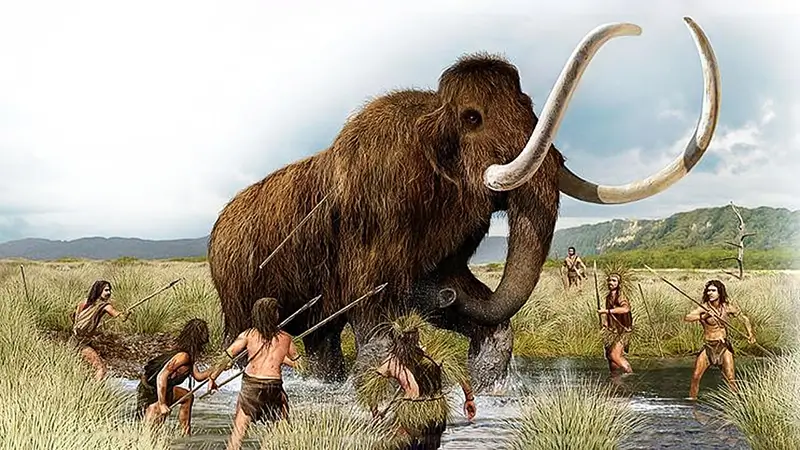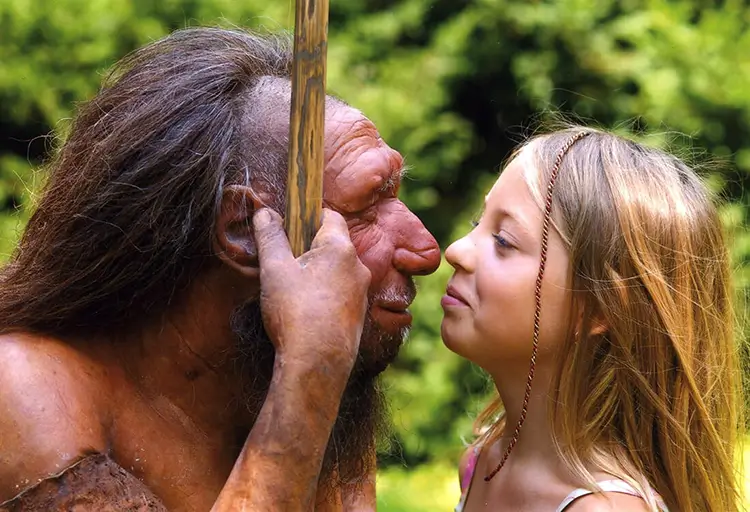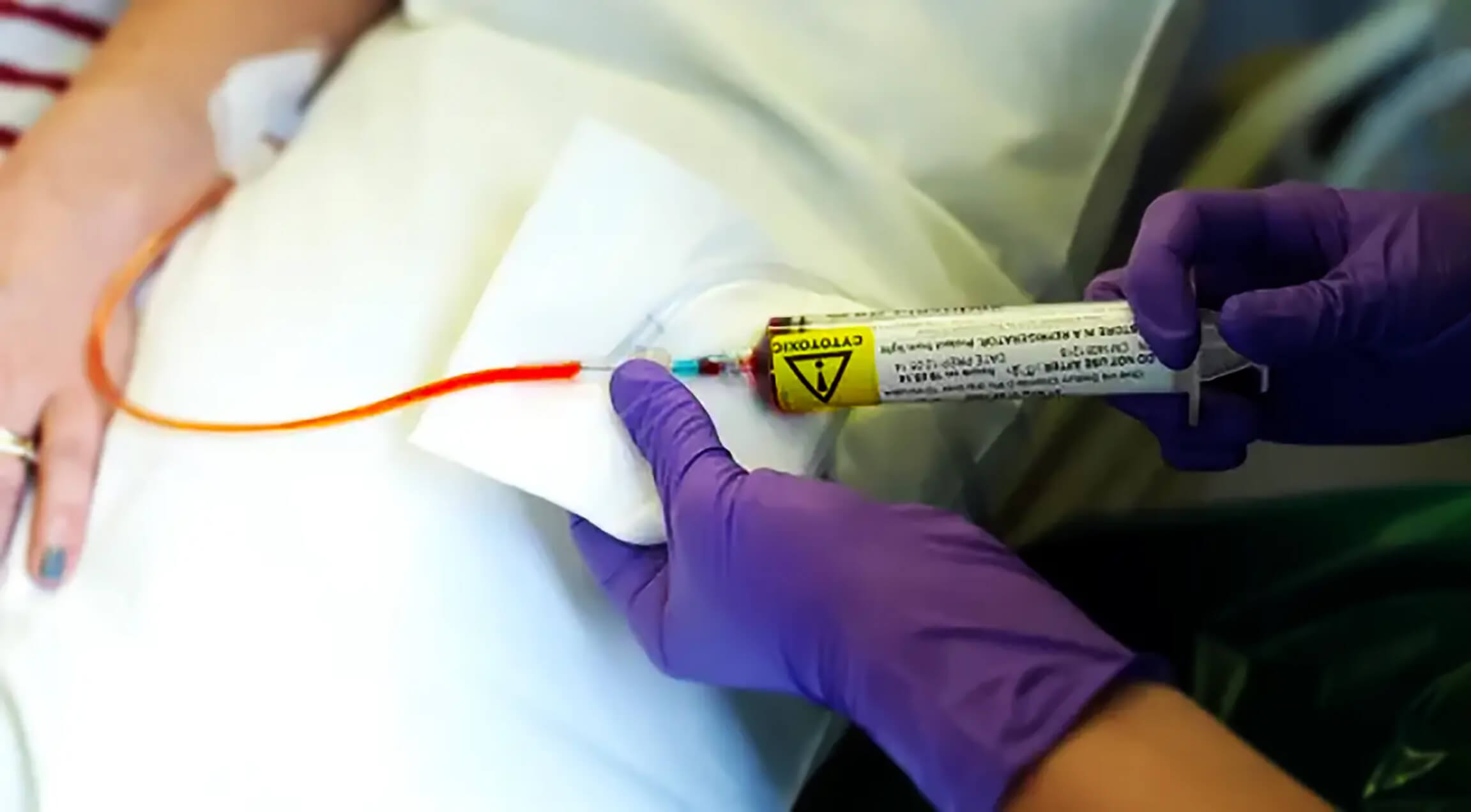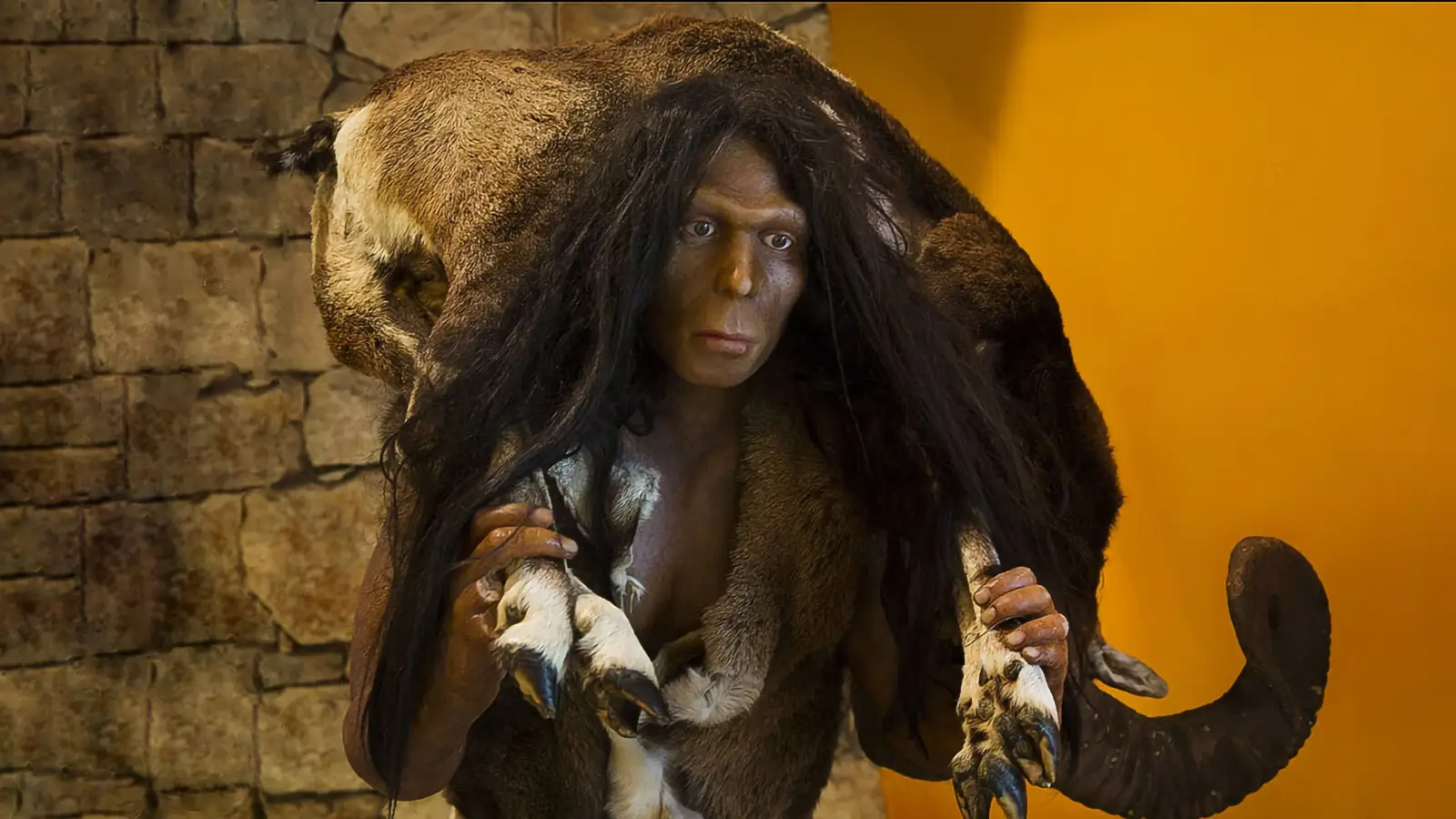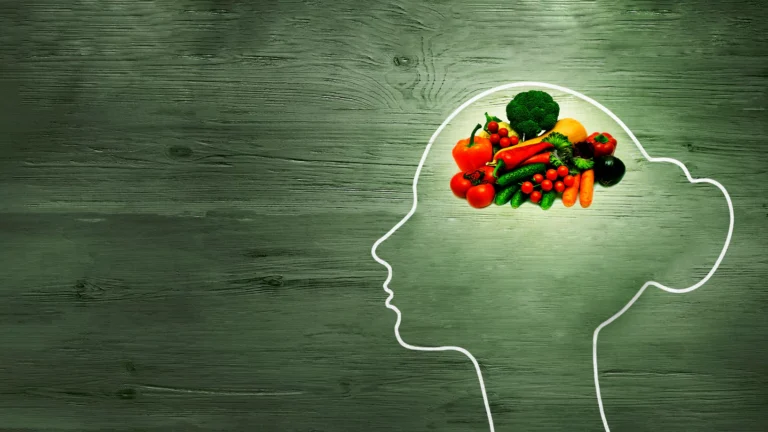Vegan Neanderthals? The truth about the real Neanderthal diet
A typical representation of Neanderthals pictures them as killing the woolly mammoth. However a dental plaque tells a different story about the Neanderthal diet
Milos Pokimica
Written By: Milos Pokimica
Medically Reviewed by: Dr. Xiùying Wáng, M.D.
Updated June 9, 2023The stereotypical representation of Neanderthals pictures them as killing the woolly mammoth. There is archeological evidence to back up a thesis of the neanderthal diet was carnivorous even at the same level as the polar bears, which included meals heavy in large herbivores like the woolly mammoth, reindeer, and woolly rhinoceros.
However, Neanderthal teeth tell a different story. Dental plaque is used to analyze the starches and proteins that were preserved in the plaque. When investigated the wear patterns on their teeth suggest a varied diet. Diet also varied depending on a location with significant regional differences. In some areas, studies imply that Neanderthals were consuming mostly plants, possibly including medicinal ones.
The significant discovery came when scientists analyzed the remains of Neanderthals from El Sidrón, Spain. The Neanderthals from El Sidrón showed zero signs of meat consumption. Not some small amount but complete round zero. Instead of meat, they got calories from plant foods gathered from the forest. Dental plaque was filled with remains of different kinds of nuts, mushrooms, and moss. Neanderthal vegans, how could that fit in the typical accepted image? What about protein and b12?
Dental plaque is a very useful tool because it can preserve genetic material from the food that animals eat for analysis. Laura Weyrich at the University of Adelaide and a team of researchers were able to produce an amazingly accurate look at what plant and animal species Neanderthals had been eating. They analyzed three samples. Two obtained fossils were from El Sidrón Cave in Spain, including the potential aspirin-popper, while one was from Spy Cave in Belgium (Sidrón Cave- Wikipedia). The analysis again proved the complete diversity of food depending on local habitat ecology that was in the line with optimal foraging theory (OFT).

Neanderthal diet didn’t exist in essence. Diet depended on where the Neanderthals in question lived. The Belgians, for example, followed the meat-heavy pattern because they had to. Genetic material from wild sheep, woolly rhinoceros, and some mushrooms was discovered in dental plaque with also some bones in the cave from horses, mammoths, reindeer, and rhinoceros. Bones tell the identical story as the dental plaque that these groups were hunters. In the Belgian habitat, they did not forage for plant foods because there wasn’t any to be found. They had to adapt to survive the cold barren climate by hunting. They probably didn’t like it too much either.
The Spanish Neanderthals appeared to have a more comfortable life. They were hippie chilled out vegan Neanderthals. The truth about the real Neanderthal diet is that they eat largely mushrooms, pine nuts, moss, and other kinds of food we would get from foraging in a forest. Thus Neanderthals from the north were hunters, and Neanderthals from the south were foragers.
What does this evidence tell us? One of the Neanderthals from Spain appeared to have a dental abscess and stomach bug and was self-medicating with poplar (Populus alba), a natural painkiller containing salicylic acid, the same active ingredient in aspirin. The individual had also consumed the antibiotic-producing mold Penicillium. That is tens of thousands of years before Dr. Alexander Fleming used a strain of Penicillium to develop the first antibiotic, revolutionizing modern medicine. If we want to talk about the founders of medicine, well how about antibiotics and aspirin popping Neanderthals?

One other thing was interesting. Weyrich’s team also managed to completely sequence one particular microbe called Methanobrevibacter oralis that lacks genes for resisting antiseptics and digesting maltose. In time this microbe has adapted to hygiene and changed human diets. Weyrich’s team calculated that the Neanderthal strain split apart from those found in modern humans between 112,000 and 143,000 years ago which suggests that the two groups were trading Methanobrevibacter likely when they had sex.
Why are groups of Neanderthals living in the south being vegan? Probably because they can. There were much more friendly surroundings and a milder climate with more food sources. Vegan Neandertals are not a moral group of individuals that decided to go plant base as an identity personal choice. It is a survival choice. If we have something we can eat growing beside our cave would we go hunting? Just applying optimal foraging strategies, we have the answer. Neanderthals were anatomically more vegan than carnivores, but in the northern parts during Ice Age, the climate was harsh and they had to adapt and that took some time. Both Neanderthals and modern humans evolved from Homo erectus. Homo erectus was herbivore species. The earliest known migration waves of H. Erectus into Eurasia dated to 1.81 million years ago. Molecular clock genetic research had placed the divergence time of the Neanderthal and modern human lineages from 800,000 to 400,000 years ago. For this reason, most scholars believe Neanderthals descend, via Homo heidelbergensis. The Homo erectus population that stayed in Africa would have evolved through the intermediate Homo rhodesiensis, into anatomically modern humans by 300,000 years ago or earlier.
Neanderthal evolved in Europe and humans did in Africa and there are some small physiological differences. Homo sapiens have smaller barrel-shaped chests and narrow pelvises. Neanderthals had bell-shaped torsos with wider pelvises. The conventional explanation has been that Neanderthals needed more oxygen due to the colder climate, so their bodies grew to hold a bigger respiratory system. But this is wrong. Living in the cold climate of Eurasia 300,000 to 30,000 years ago, Neanderthals settled in places like the Polar Urals and southern Siberia. In the midst of a tundra winter, with no plant food sources to be found, animal meat made of fat and protein remained the only energy source. Although the fat is easier to digest, it is scarce in cold conditions. Prey animals burned up their fat stores during the winter and became much leaner. The conclusion must be made that Neanderthals must have been eating a great deal of animal protein.
Protein places huge requirements on the kidneys and the liver to remove some of the toxic byproducts produced by burning it for energy. Humans have a protein ceiling of between 35 and 50 percent of calories in our diet. Eating much more than that can be dangerous. Neanderthals’ bodies found a way to utilize more protein by enlarging the liver and kidneys. Chests and pelvises widened also to accommodate these beefed-up organs giving them distinct look. If we look today at Inuit peoples, their diet subsists at times on all meat and nothing else and they do have larger livers and kidneys and longer ribs than average Europeans. To survive the fat famine, Neanderthals undoubtedly also specialized in hunting massive animals like mammoths. They retain fat longer in poor conditions and require less energy and speed to kill than smaller swifter prey. Mammoths are too big to escape or evade, and we only have to kill one to feast for months because meat does not spoil in constant subzero temperatures. But as these mega-beasts vanished, Neanderthals likely struggled to chase down smaller, swifter prey. In the southern part like Spain, they went the old vegan way.
What does all of this tell us about us? We didn’t have over the millennia of living in the Ice Age northern climate to adapt to a diet rich in meat to some extent. We evolved in Africa from plan based vegan lineage of 60 million years. Modern humans first left Africa 100,000 years ago in a series of slow-paced migration waves and arrived in southern Europe around 80,000-90,000 years ago.
Therefore, what is the real paleo diet?
References:
Passages selected from a book: Pokimica, Milos. Go Vegan? Review of Science Part 1. Kindle ed., Amazon, 2018.
Related Posts
Do you have any questions about nutrition and health?
I would love to hear from you and answer them in my next post. I appreciate your input and opinion and I look forward to hearing from you soon. I also invite you to follow us on Facebook, Instagram, and Pinterest for more diet, nutrition, and health content. You can leave a comment there and connect with other health enthusiasts, share your tips and experiences, and get support and encouragement from our team and community.
I hope that this post was informative and enjoyable for you and that you are prepared to apply the insights you learned. If you found this post helpful, please share it with your friends and family who might also benefit from it. You never know who might need some guidance and support on their health journey.
– You Might Also Like –

Learn About Nutrition
Milos Pokimica is a doctor of natural medicine, clinical nutritionist, medical health and nutrition writer, and nutritional science advisor. Author of the book series Go Vegan? Review of Science, he also operates the natural health website GoVeganWay.com
Medical Disclaimer
GoVeganWay.com brings you reviews of the latest nutrition and health-related research. The information provided represents the personal opinion of the author and is not intended nor implied to be a substitute for professional medical advice, diagnosis, or treatment. The information provided is for informational purposes only and is not intended to serve as a substitute for the consultation, diagnosis, and/or medical treatment of a qualified physician or healthcare provider.NEVER DISREGARD PROFESSIONAL MEDICAL ADVICE OR DELAY SEEKING MEDICAL TREATMENT BECAUSE OF SOMETHING YOU HAVE READ ON OR ACCESSED THROUGH GoVeganWay.com
NEVER APPLY ANY LIFESTYLE CHANGES OR ANY CHANGES AT ALL AS A CONSEQUENCE OF SOMETHING YOU HAVE READ IN GoVeganWay.com BEFORE CONSULTING LICENCED MEDICAL PRACTITIONER.
In the event of a medical emergency, call a doctor or 911 immediately. GoVeganWay.com does not recommend or endorse any specific groups, organizations, tests, physicians, products, procedures, opinions, or other information that may be mentioned inside.
Editor Picks –
Milos Pokimica is a health and nutrition writer and nutritional science advisor. Author of the book series Go Vegan? Review of Science, he also operates the natural health website GoVeganWay.com
Latest Articles –
Top Health News — ScienceDaily
- The invisible microbes that help keep us healthyon January 4, 2026
Not all microbes are villains—many are vital to keeping us healthy. Researchers have created a world-first database that tracks beneficial bacteria and natural compounds linked to immune strength, stress reduction, and resilience. The findings challenge the long-standing obsession with germs as threats and instead highlight the hidden health benefits of biodiversity. This shift could influence everything from urban design to environmental restoration.
- A smarter way to screen for breast cancer is emergingon January 4, 2026
A groundbreaking study shows that breast cancer screening works better when it’s personalized. Instead of annual mammograms for all, women were screened based on genetics, health history, and lifestyle factors. This approach reduced advanced cancers without increasing risk for those screened less often. Most women preferred the personalized model, hinting at a major shift in future screening guidelines.
- Breakthrough obesity drugs are here but not for everyoneon January 4, 2026
UK experts are warning that access to new weight-loss drugs could depend more on wealth than medical need. Strict NHS criteria mean only a limited number of patients will receive Mounjaro, while many others must pay privately. Researchers say this risks worsening existing health inequalities, especially for groups whose conditions are often missed or under-diagnosed. They are calling for fairer, more inclusive access before gaps in care widen further.
- Type 2 diabetes physically changes the human heart, study findson January 4, 2026
Type 2 diabetes doesn’t just raise the risk of heart disease—it physically reshapes the heart itself. Researchers studying donated human hearts found that diabetes disrupts how heart cells produce energy, weakens the muscle’s structure, and triggers a buildup of stiff, fibrous tissue that makes it harder for the heart to pump. These changes are especially severe in people with ischemic heart disease, the most common cause of heart failure.
- Scientists found a way to help aging guts heal themselveson January 4, 2026
Researchers have discovered a way to help aging intestines heal themselves using CAR T-cell therapy. By targeting senescent cells that build up over time, the treatment boosted gut regeneration, reduced inflammation, and improved nutrient absorption in mice. It even helped protect the intestine from radiation damage, with benefits lasting up to a year. Early results in human intestinal cells suggest the approach could one day improve gut health in older adults and cancer patients.
- A weak body clock may be an early warning for dementiaon January 4, 2026
Your daily rhythm may matter more for brain health than previously thought. Older adults with weaker, more disrupted activity patterns were far more likely to develop dementia than those with steady routines. A later daily energy peak was also linked to higher risk. The study points to the body clock as a possible early warning sign for cognitive decline.
- The hidden timing system that shapes how you thinkon January 3, 2026
The brain constantly blends split-second reactions with slower, more thoughtful processing, and new research shows how it pulls this off. Scientists discovered that brain regions operate on different internal clocks and rely on white matter connections to share information across these timescales. The way this timing is organized affects how efficiently the brain switches between activity patterns tied to behavior. Differences in this system may help explain why people vary in cognitive ability.
PubMed, #vegan-diet –
- Vegetarian Dietary Patterns for Adults: A Position Paper of the Academy of Nutrition and Dieteticson December 31, 2025
It is the position of the Academy of Nutrition and Dietetics that, in adults, appropriately planned vegetarian and vegan dietary patterns can be nutritionally adequate and can offer long-term health benefits such as improving several health outcomes associated with cardiometabolic diseases. Vegetarian dietary patterns exclude meat, poultry, and seafood, and vegan dietary patterns exclude all foods of animal origin. Registered dietitian nutritionists (RDNs) and nutrition and dietetics…
- Impact of alpha-linolenic acid supplementation on long-chain n-3 fatty acid profiles in Western, flexitarian, vegetarian, and vegan dietson December 31, 2025
CONCLUSION: In conclusion, flaxseed oil supplementation combined with a controlled diet effectively improves n-3 LCPUFA status irrespective of habitual diet. The extent of relative improvement was primarily determined by baseline EPA concentrations.
- Academy of Nutrition and Dietetics’ Vegetarian Position Paper Mistakenly Links Vegetarian and Vegan Diets with Vitamin D Deficiencyon December 31, 2025
No abstract
- The effect of a vegan diet with or without resistance exercise on thigh muscle volume in older adults. Research protocol of the Vold-study: a 12-week randomized controlled trialon December 26, 2025
BACKGROUND: Plant-based diets are increasingly adopted. Plant-based foods exhibit a lower protein quantity and quality compared to animal-based foods. As such, a fully plant-based, i.e. vegan, diet may be suboptimal for the maintenance of skeletal muscle mass later in life. The primary objectives of this study protocol are therefore: (1) To assess the effect of a 12-week self-composed vegan diet in comparison to an omnivorous diet on thigh muscle volume in community-dwelling older adults; and…
- Comparing diet-related attitudes, perceptions, and behaviors of vegan and omnivorous adults: results from a cross-sectional survey study in Germanyon December 22, 2025
CONCLUSION: The findings are consistent with and build on existing research on cognitive and behavioral patterns related to a vegan diet, while at the same time yielding some additional insights. In particular, the results on significant differences in the risk-benefit perception of a vegan diet, as well as on motivations and influences regarding the decision to follow a vegan diet provide an important basis for the development of public health interventions and a foundation for further […]
Random Posts –
Featured Posts –
Latest from PubMed, #plant-based diet –
- Adjunctive nutritional intervention improves glycaemia and quality of life in dapagliflozin-treated diabetic patientsby Yifan Liu on January 3, 2026
CONCLUSION: Adjunctive nutritional intervention significantly enhances the glycaemic, renal, nutritional and quality-of-life benefits of dapagliflozin in patients with DN, offering a promising integrated therapeutic strategy.
- Effects of incrementally increased plant-based protein intake on gut microbiota and inflammatory-metabolic biomarkers in healthy adultsby Samira Prado on January 2, 2026
Shifting to a plant-based diet naturally alters protein source choices. In many countries, protein from yellow pea is widely used as a main ingredient in meat alternatives. Still, its biological effects, especially regarding gastrointestinal health, remain incompletely understood. The aim of our study was to investigate how a weekly increase in the intake of a well-characterized pea protein isolate affects surrogate markers of health, fecal short-chain fatty acids and gut microbiota […]
- Uric acid levels mediate the association between four dietary indices and kidney stones in US adults: A cross-sectional study of NHANES 2007-2018by Jinlong Cao on January 2, 2026
CONCLUSION: Healthy dietary patterns are associated with a reduced risk of kidney stones, partially mediated by uric acid levels.
- Nutritional Assessment of Pesticide-associated Metabolic Stress in Plant-based Dietsby Ramona Alina Tomuța on January 2, 2026
CONCLUSION: These findings suggest that chronic dietary pesticide exposure – even at regulatory-compliant levels – may produce a consistent metabolomic signature, particularly when at least five different pesticide, herbicide, or fungicide residues are simultaneously detected, highlighting the potential for cumulative biological effects characterized by oxidative stress, detoxification pathway strain, gut microbiome disruption, and mitochondrial impairment. This underscores the need for…
- The impact of diet and gut microbiota on development, treatment, and prognosis in prostate cancerby Guanmo Liu on January 1, 2026
Prostate cancer (PCa) progression is driven by a complex interplay of factors, including genetics, lifestyle, and environmental influences. Diet and gut microbiota have emerged as pivotal cancer development and treatment response modulators. This review delves into the intricate relationship between dietary modifications and gut microbiota, and their combined impact on PCa progression. Diets abundant in plant-based foods, fiber, and prebiotics promote beneficial gut microbiota profiles that…
- Adherence to healthy dietary patterns and risk of premature aging in adult survivors of childhood cancer in the St. Jude Lifetime Cohort Studyby Tuo Lan on January 1, 2026
CONCLUSION: Adherence to a healthy diet may contribute to reducing the premature aging risk in adult survivors of childhood cancer. Interventions that support healthy eating in this population could potentially have benefits for long-term health outcomes.
